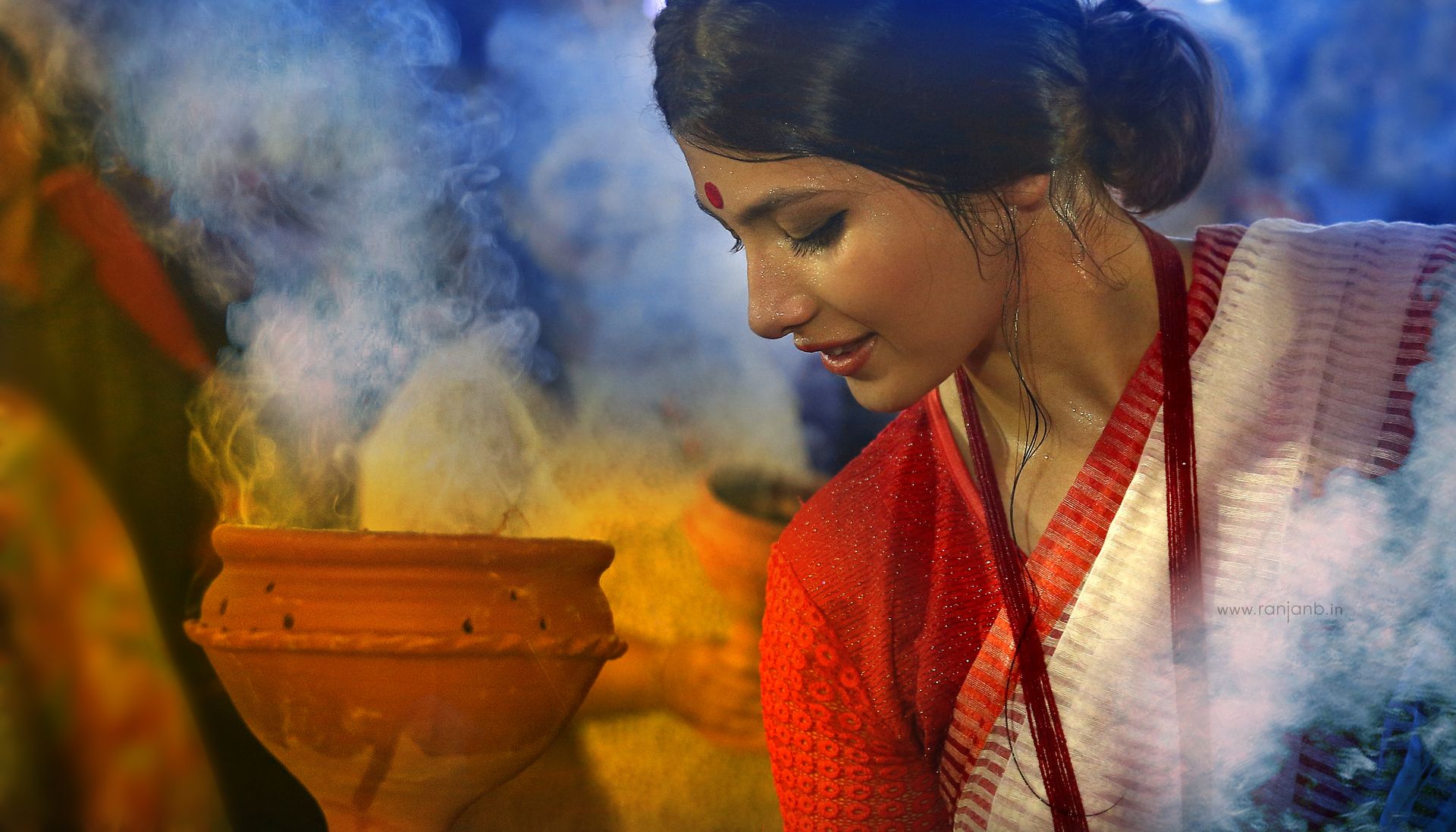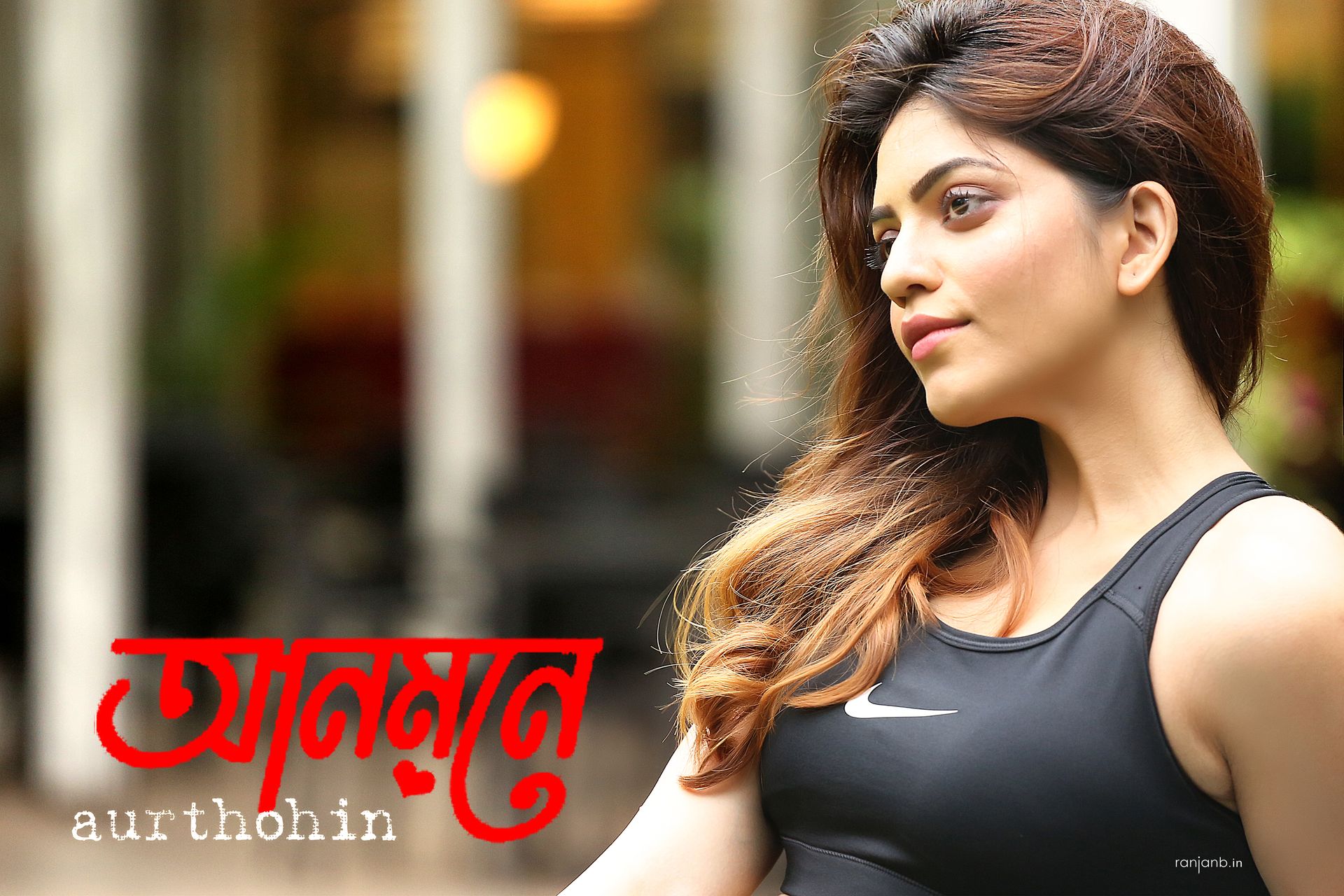How Do You Take Good Portrait Photos?
Are you looking to capture stunning portrait photos that showcase the beauty and essence of your subject? Whether you’re a professional photographer or an amateur enthusiast, this article will guide you through the essential techniques and tips to take remarkable portrait photos. From understanding composition and lighting to connecting with your subject, we’ll explore the key elements that contribute to creating captivating portraits.
Introduction
Portrait photography is an art form that allows you to capture the personality, emotions, and beauty of an individual or a group of people. It requires a combination of technical skill, creativity, and the ability to establish a connection with your subject. By following the tips and techniques outlined in this article, you can elevate your portrait photography skills and create images that leave a lasting impression.

1. Choosing the Right Location
The location you choose for your portrait shoot can significantly impact the mood and overall feel of your photos. Consider selecting a place that complements your subject’s personality or the theme you want to convey. Outdoor settings like parks, beaches, or urban environments offer a variety of backdrops and natural lighting options. Alternatively, indoor locations such as studios or homes can provide more control over lighting conditions.

2. Composing Your Shot
Composition plays a vital role in creating visually appealing portrait photos. Experiment with various framing techniques, such as the rule of thirds, leading lines, and symmetry. Position your subject off-center to add interest and create a dynamic composition. Additionally, pay attention to the background and ensure it doesn’t distract from the main subject.
3. Utilizing Natural Light
Natural light can be a portrait photographer’s best friend. The soft, diffused light during the golden hours (early morning or late afternoon) can enhance your subject’s features and create a warm atmosphere. Position your subject facing the light source to achieve a flattering glow and avoid harsh shadows. If shooting in direct sunlight, consider using reflectors or diffusers to control the light and reduce contrast.

4. Working with Artificial Lighting
When shooting indoors or during low-light situations, artificial lighting becomes essential. Invest in a quality external flash or continuous lighting setup to create well-lit portraits. Experiment with different lighting techniques, such as key light, fill light, and backlight, to add depth and dimension to your images. Remember to balance the intensity and colour temperature of the lights to achieve a natural look.

5. Posing Techniques
Posing plays a crucial role in portraying your subject in the most flattering way. Guide your subject through various poses that emphasise their best features and evoke the desired emotions. Encourage natural and relaxed expressions by engaging them in conversation or using prompts. Experiment with different angles and perspectives to add variety to your shots.

6. Creating a Connection
Building a connection with your subject is key to capturing authentic and meaningful portraits. Establish a comfortable and relaxed atmosphere by communicating openly and building rapport. Take the time to understand their personality, interests, and story, as this knowledge can inform your creative decisions and result in more intimate photographs.
7. Capturing Emotions
Emotions are the soul of portrait photography. Encourage your subject to express themselves genuinely, whether it’s through laughter, introspection, or vulnerability. Create a safe space where they can feel comfortable and be themselves. Candid moments often make for compelling and emotionally resonant photographs.
8. Experimenting with Perspective
Don’t be afraid to think outside the box and experiment with different perspectives. Instead of always shooting at eye level, try shooting from above or below to add a unique touch to your portraits. Changing your viewpoint can alter the mood, emphasize certain facial features, or showcase the environment in an unexpected way.
9. Post-Processing and Editing
Post-processing is an essential step in bringing out the full potential of your portrait photos. Use photo editing software like Adobe Photoshop or Lightroom to enhance colors, adjust exposure, and fine-tune details. However, exercise restraint and maintain the natural appearance of your subject. Remember that editing should complement the photo rather than overpower it.
10. Showcasing Your Work
Once you have a collection of impressive portrait photos, it’s time to share them with the world. Create an online portfolio or website to display your best work. Utilize social media platforms like Instagram or Facebook to reach a wider audience and engage with other photographers and potential clients. Networking and participating in photography communities can also provide valuable feedback and opportunities for growth.
Conclusion
Taking good portrait photos requires a combination of technical knowledge, creativity, and the ability to connect with your subject. By following the tips and techniques outlined in this article, you can improve your portrait photography skills and create captivating images that tell compelling stories. Remember to experiment, practice, and always strive to capture the unique beauty of each individual you photograph.
FAQs
Q: What equipment do I need for portrait photography?
A: While professional cameras and lenses can enhance your results, you can start with a basic DSLR or mirrorless camera and a versatile lens like a 50mm or 85mm.
Q: How can I make my subject feel comfortable during a photoshoot?
A: Establish a friendly and relaxed environment by communicating openly, providing direction and encouragement, and allowing them to express themselves naturally.
Q: What are the best lighting conditions for outdoor portraits?
A: The golden hours (early morning or late afternoon) offer soft and warm light that flatters the subject. Overcast days can also provide diffused lighting for pleasing results.
Q: How can I add creativity to my portrait compositions?
A: Experiment with framing techniques, different angles, and incorporating elements from the environment to add visual interest and uniqueness to your compositions.
Q: What are some post-processing tips for portrait photos?
A: Enhance colors, adjust exposure, and fine-tune details in post-processing while maintaining the natural appearance of your subject. Avoid excessive editing, that can make the photo look unrealistic.
In conclusion, taking good portrait photos is a rewarding skill that requires technical expertise, creativity, and a genuine connection with your subjects. By implementing the techniques discussed in this article and continuously practicing and refining your craft, you’ll be able to capture stunning portraits that evoke emotions and leave a lasting impact.
